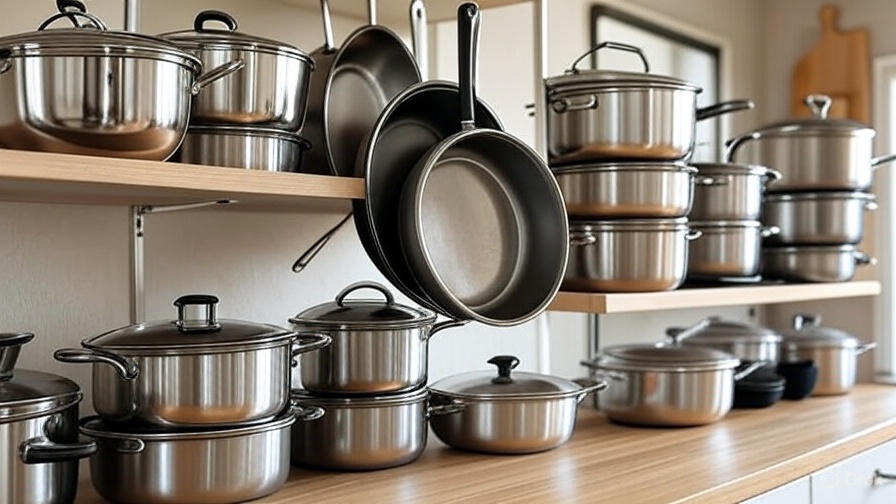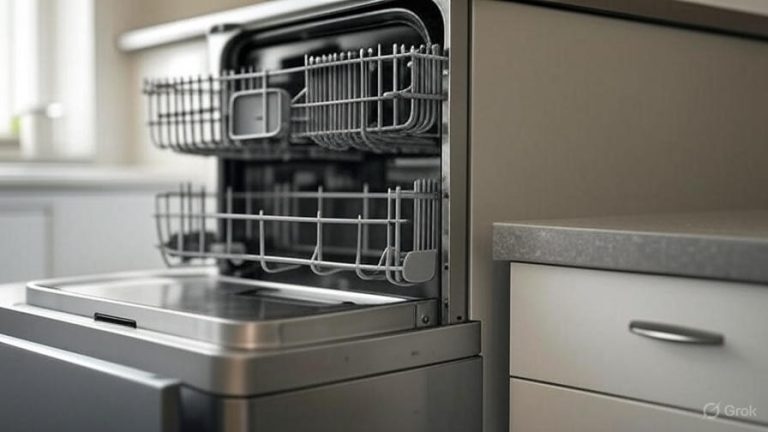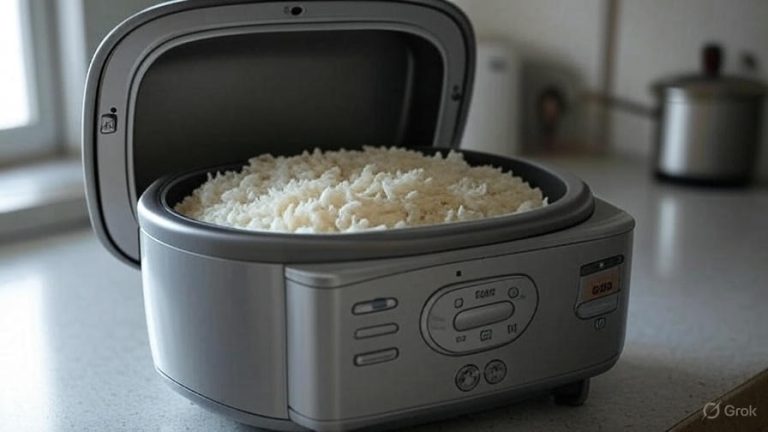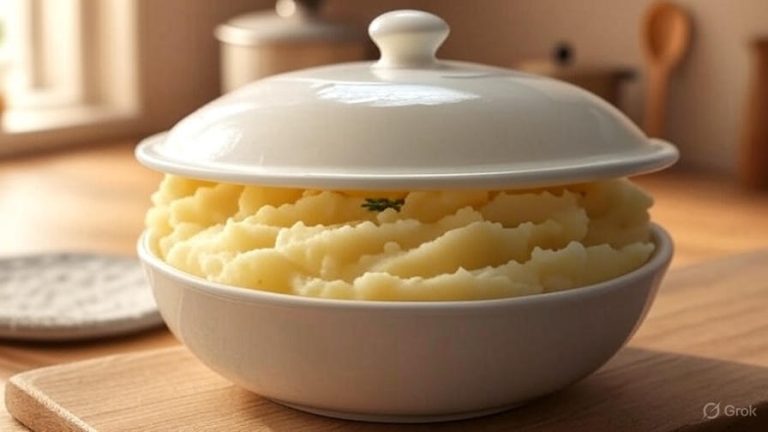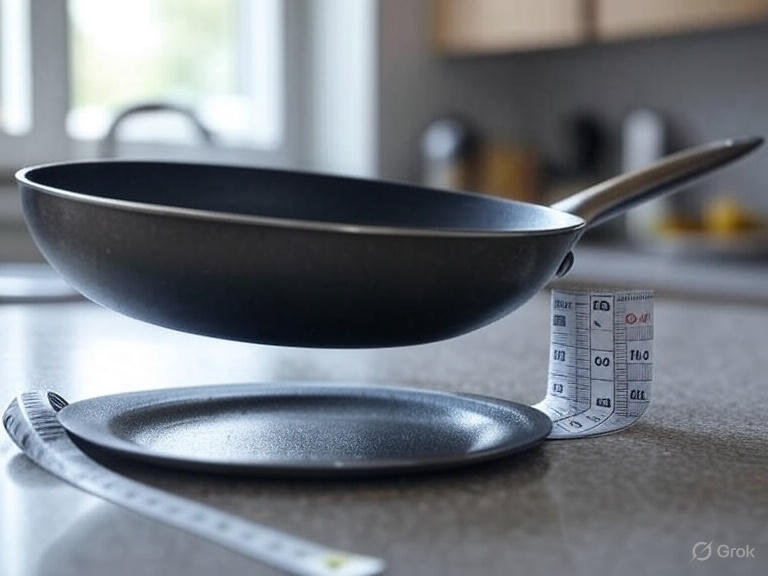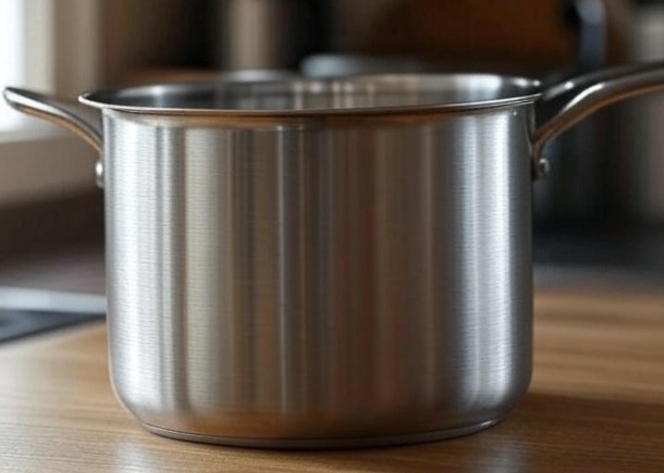How to Store Cookware?
Your kitchen cabinets overflow with pots, pans, and cooking utensils, yet you can never find what you need when cooking dinner. Sound familiar? Poor cookware storage creates chaos in even the most beautiful kitchens. Smart organization transforms your cooking space into an efficient workspace where every tool has its place.
This comprehensive guide reveals professional storage techniques that protect your cookware investment while maximizing kitchen space. You’ll discover practical solutions for organizing everything from cast iron skillets to delicate non-stick pans.
Why Proper Cookware Storage Matters
Proper storage extends the lifespan of your cooking equipment significantly. Stacking pans incorrectly scratches non-stick surfaces, while improper storage can warp aluminum cookware. Professional chefs understand that organized storage saves time during meal preparation and prevents costly replacements.
Well-organized cookware also improves kitchen safety. You eliminate the risk of heavy pots falling when you store them securely. Clear organization helps you grab the right tool quickly, reducing cooking stress and kitchen accidents.
Essential Storage Principles for Different Cookware Types
Cast Iron Cookware Storage
Cast iron requires special attention to prevent rust and maintain seasoning. Store cast iron pans in dry locations with good air circulation. Never stack cast iron pieces directly on top of each other without protection.
Place paper towels or cloth between stacked cast iron pieces. This prevents scratching and absorbs any residual moisture. Keep cast iron away from humid areas like dishwasher zones or sink cabinets.
Apply a thin layer of oil after each use before storing. This maintains the seasoning and prevents rust formation. Store cast iron with lids slightly ajar to allow air circulation.
Non-Stick Pan Organization
Non-stick coatings damage easily, making proper storage crucial. Pan protectors, made from felt or silicone, create barriers between stacked pans. These inexpensive accessories prevent scratches that ruin non-stick surfaces.
Hang non-stick pans when possible to eliminate stacking altogether. Wall-mounted rail systems with hooks provide easy access while protecting coatings. Install these systems near your stovetop for convenient cooking.
Store non-stick cookware away from sharp objects and metal utensils. Dedicated drawers with dividers keep pans separated and protected. Line drawer bottoms with non-slip mats to prevent sliding during opening and closing.
Stainless Steel Storage Solutions
Stainless steel cookware withstands stacking better than other materials, yet proper organization still matters. Clean stainless steel thoroughly before storage to prevent water spots and mineral buildup.
Nest pots and pans of similar shapes to save space. Place pot lids vertically in dividers or racks rather than storing them on top of pots. This approach doubles your storage efficiency.
Polish stainless steel occasionally to maintain its appearance. Store polished pieces with soft cloths to prevent scratching from cabinet movements or vibrations.
Cabinet Storage Strategies
Lower Cabinet Organization
Lower cabinets work best for heavy cookware like dutch ovens and large stockpots. Install pull-out drawers or sliding shelves to access items stored in back corners easily. These systems prevent you from emptying entire cabinets to reach one pot.
Create zones within lower cabinets based on cooking frequency. Place everyday pans in front sections, while specialty items go toward the back. This organization speeds up meal preparation significantly.
Use vertical dividers to store baking sheets, cutting boards, and large pan lids upright. Vertical storage maximizes cabinet height while keeping items visible and accessible.
Upper Cabinet Solutions
Upper cabinets suit lighter cookware like aluminum pans and cooking utensils. Install shelf risers to double storage capacity in tall cabinets. These simple additions create two levels of storage in standard height spaces.
Store frequently used items at eye level for easy access. Reserve higher shelves for seasonal cookware or items used occasionally. This placement reduces strain from reaching overhead repeatedly.
Consider cabinet door storage for lightweight items. Over-the-door organizers hold measuring cups, small utensils, and spice containers without taking up shelf space.
Drawer Storage Systems
Deep Drawer Organization
Deep drawers excel at storing pots and pans when equipped with proper dividers. Adjustable dividers accommodate different pan sizes and shapes. These systems keep cookware organized while allowing full visibility of stored items.
Install drawer slides rated for heavy loads when storing cast iron or large pots. Quality slides prevent drawer sagging and ensure smooth operation over years of use.
Line drawer bottoms with non-slip mats to prevent cookware from sliding during drawer operation. These mats also reduce noise when placing heavy items in drawers.
Shallow Drawer Uses
Shallow drawers work perfectly for cooking utensils, measuring tools, and small gadgets. Drawer organizers with various compartment sizes keep small items separated and findable.
Store sharp knives in drawer knife blocks or magnetic strips rather than loose in drawers. This protects blade edges while preventing accidental cuts during drawer searches.
Reserve one shallow drawer exclusively for cooking utensils used daily. This dedicated space speeds up cooking preparation and cleanup processes.
Hanging Storage Options
Pot Racks and Rail Systems
Ceiling-mounted pot racks provide attractive storage while freeing up cabinet space. Install racks over kitchen islands or away from high-traffic areas to prevent head bumps. Ensure ceiling mounting points support the weight of filled racks.
Wall-mounted rail systems offer flexibility for changing storage needs. These systems accept various hooks and accessories for different cookware types. Install rails at appropriate heights for comfortable reaching.
Consider the visual impact of hanging storage in open kitchens. Copper and stainless steel cookware create attractive displays, while mismatched pieces might look cluttered.
Wall-Mounted Solutions
Pegboard systems provide customizable hanging storage for multiple cookware types. These versatile systems accommodate hooks, shelves, and specialized holders. Paint pegboards to match kitchen colors for integrated appearance.
Magnetic strips work excellently for knife storage and small metal tools. Install strips away from children’s reach while maintaining adult accessibility. These strips keep blades sharp by preventing contact with other metal objects.
Wall-mounted pot lid racks organize lids vertically for easy selection. These specialized racks mount inside cabinet doors or on walls near cooking areas.
Pantry and Specialty Storage
Pantry Cookware Zones
Dedicate pantry sections to rarely used cookware and specialty items. Store holiday baking pans, large roasting pans, and seasonal equipment in pantry areas. This frees up kitchen cabinets for daily-use items.
Install adjustable shelving in pantry cookware zones to accommodate various item heights. Label shelf edges to identify stored items quickly without moving boxes or containers.
Use clear storage bins for small cookware accessories like cookie cutters, specialty tools, and baking molds. Clear containers allow visual inventory while protecting items from dust.
Appliance Storage Integration
Store small appliances with related cookware accessories together. Keep mixing bowls near stand mixers, and store baking pans with baking appliances. This grouping speeds up cooking and baking processes.
Create appliance garages with doors to hide countertop appliances while keeping them accessible. These spaces can include storage for related cookware and accessories.
Reserve easily accessible storage for appliances used weekly or more frequently. Store occasional-use appliances higher or in less convenient locations.
Space-Saving Storage Hacks
Vertical Storage Maximization
Install narrow pull-out drawers in spaces between appliances or cabinets. These slim spaces often go unused but can store baking sheets, cutting boards, or serving trays vertically.
Use the inside of cabinet doors for storage with over-the-door organizers. These spaces work well for measuring cups, small pans, or cooking utensils without taking up shelf space.
Stack pans with pan protectors to maximize vertical cabinet space. Felt or silicone protectors prevent scratching while allowing safe stacking of multiple pieces.
Multi-Purpose Storage Ideas
Ottoman storage benches provide seating while hiding bulky appliances or cookware. These pieces work especially well in kitchen breakfast nooks or adjacent dining areas.
Rolling carts serve multiple functions as prep surfaces and storage units. These mobile solutions move cookware where needed while providing additional workspace.
Under-stair spaces often accommodate cookware storage with custom shelving. These awkward spaces work perfectly for items used less frequently.
Protecting Your Cookware Investment
Preventing Damage During Storage
Clean cookware completely before storage to prevent staining and odors. Residual oils can turn rancid over time, while acidic residues can damage certain materials. Dry all pieces thoroughly to prevent water spots and rust.
Use pan protectors between stacked pieces to prevent scratching. These inexpensive accessories pay for themselves by extending cookware life significantly. Choose protectors sized appropriately for your pan collection.
Store cookware in climate-controlled areas when possible. Extreme temperature changes can warp pans and damage non-stick coatings. Avoid storage near heating vents or in unheated garages.
Long-Term Storage Considerations
Wrap rarely used cookware in breathable materials like cotton cloth rather than plastic. Plastic traps moisture that can cause rust or unpleasant odors over time.
Check stored cookware periodically for signs of damage or pest activity. Early detection prevents minor issues from becoming major problems requiring replacement.
Rotate cookware periodically to prevent permanent indentations from long-term stacking. This practice maintains pan shape and prevents sticking between stacked pieces.
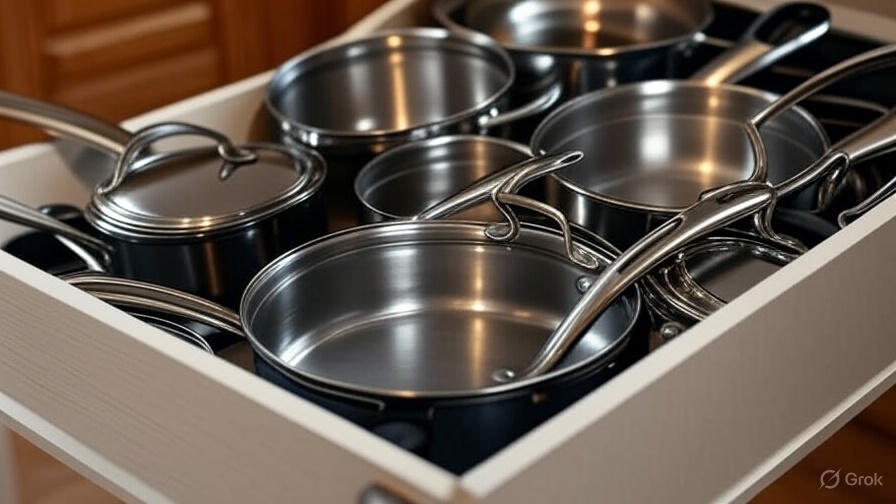
Maintenance and Organization Tips
Regular Organization Reviews
Schedule quarterly cookware organization reviews to maintain system efficiency. Remove items you no longer use and reorganize based on changed cooking habits. This prevents gradual system breakdown over time.
Donate or sell cookware pieces that duplicate functions or go unused. Maintaining reasonable quantities makes organization easier and more sustainable.
Update storage solutions as your cookware collection changes. New pieces might require different storage approaches or additional organizing accessories.
Cleaning and Care Integration
Develop storage routines that support cookware maintenance. Store freshly cleaned pieces in designated drying areas before putting them away. This prevents water damage and maintains organization systems.
Keep cookware care supplies near storage areas for convenient maintenance. Store oils for cast iron seasoning, cleaning cloths, and protective accessories together.
Create cooking and cleanup routines that support your storage system. Return items to designated locations immediately after use to maintain organization effortlessly.
Common Storage Mistakes to Avoid
Overcrowding Issues
Resist the temptation to cram too many pieces into storage spaces. Overcrowding makes access difficult and increases damage risk from pieces rubbing together or falling.
Leave space between stored items for air circulation, especially important for cast iron and wooden cookware. Good air flow prevents moisture buildup and associated problems.
Poor Weight Distribution
Avoid storing heavy items on weak shelves or in upper cabinets that strain your back. Distribute weight appropriately throughout your kitchen storage system.
Install proper support for heavy-duty storage like pot racks and deep drawers. Inadequate support leads to system failure and potential safety hazards.
Ignoring Frequency of Use
Store frequently used items in easily accessible locations regardless of their size or weight. Daily-use cookware should occupy prime storage real estate in your kitchen.
Reserve difficult-to-reach storage for items used seasonally or rarely. This practical approach reduces daily cooking frustration while maximizing convenience.
Creating Your Personal Cookware Storage System
Start by inventorying your current cookware collection and assessing your cooking habits. Group similar items together and identify pieces used most frequently. This analysis guides storage decisions and helps prioritize accessibility.
Measure your available storage spaces accurately before purchasing organizing accessories. Proper measurements ensure accessories fit correctly and maximize available space efficiently.
Implement storage changes gradually to test effectiveness before committing to expensive solutions. Start with one cabinet or drawer and expand successful techniques throughout your kitchen.
Your cookware storage system should evolve with your cooking needs and collection changes. Regular assessment and adjustment maintain organization effectiveness while protecting your cookware investment for years of reliable cooking performance.
Professional organization techniques transform chaotic kitchen storage into efficient systems that save time, prevent damage, and make cooking more enjoyable. Invest time in creating proper storage solutions, and you’ll reap benefits in every meal you prepare.

